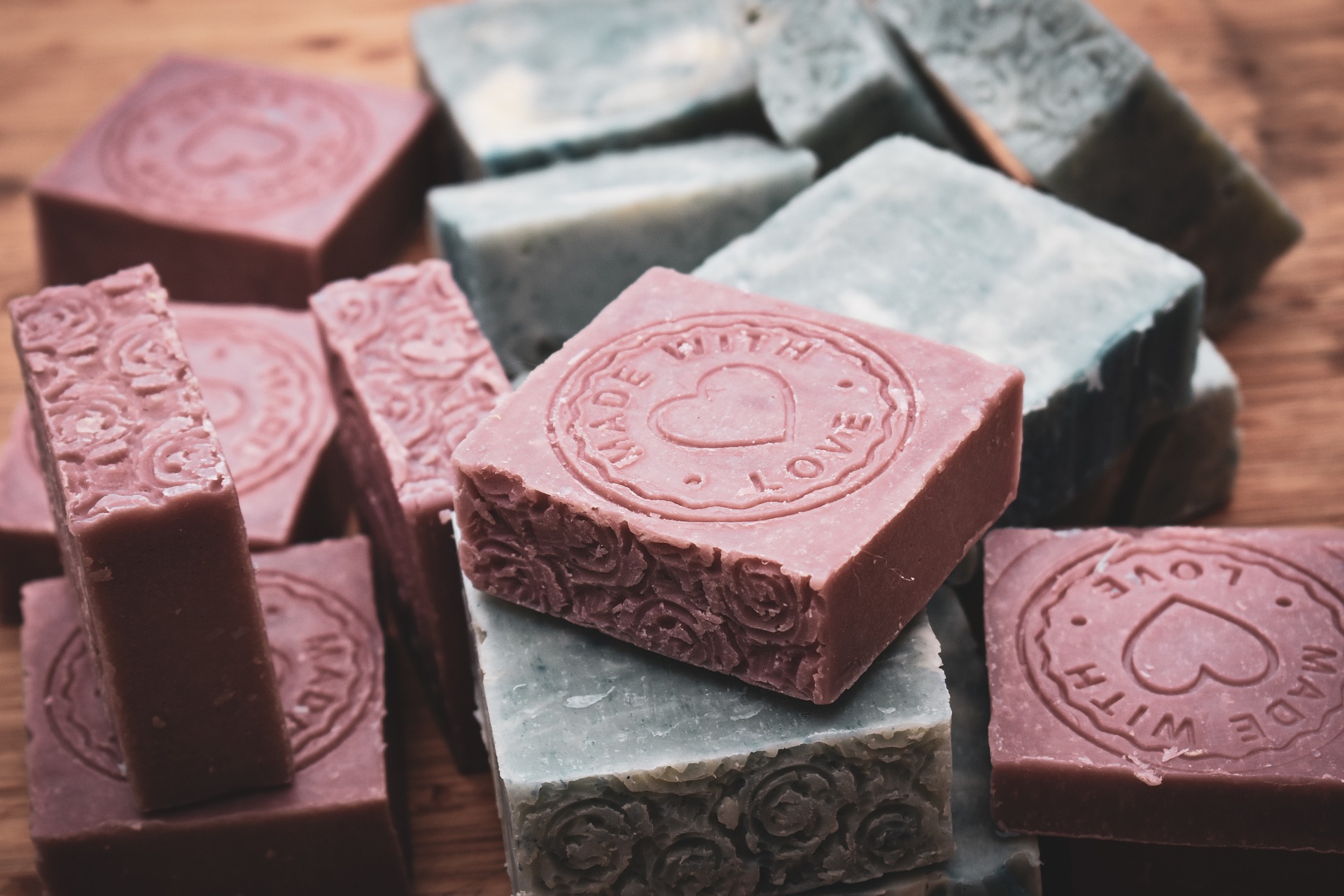DIY Solid Cleanser Recipes Using Nourishing Oils
Learn how to make gentle, effective solid cleansers at home using nourishing plant oils and simple techniques. These recipes emphasize moisturizing skin, natural and vegan ingredients, and artisan, handmade bars that are biodegradable, refillable, and suitable for fragrance-free or sensitive skincare routines.
Solid cleansers crafted from nourishing plant oils can cleanse effectively while supporting the skin’s moisture barrier. Making bars at home—whether using cold-process soapmaking or glycerin-based melt-and-pour—lets you control ingredients, avoid unwanted synthetics, and produce handmade artisan bars tailored for sensitive or fragrance-free routines.
What oils balance cleansing and moisturizing?
Choosing oils shapes a bar’s lather, hardness, and conditioning. Coconut oil and lauric-rich alternatives provide cleansing power and stable lather; however, use them in moderation to avoid over-drying. Olive oil, avocado oil, and sweet almond oil contribute slip and lasting moisturizing properties. Castor oil at 5–10% improves creamy lather, while jojoba acts like skin sebum and enhances mildness. Aim for a balanced formula: about 30–35% cleansing oils, 45–55% conditioning oils, and a small boost of castor or similar at 5–10% to support foam without stripping the skin.
How to adapt recipes for cold-process and glycerin-based methods?
Cold-process soapmaking saponifies oils with lye to create durable bars that benefit from a cure time to harden and mellow. Superfatting by 3–8% leaves extra oils to nourish skin after cleansing. Melt-and-pour glycerin bases are pre-saponified and ideal for beginners: remelt, customize with small amounts of oils or botanical infusions, and pour into molds. When adding extra oils to glycerin bases, limit them to avoid softening. For cold-process, follow safety practices with lye and measure ingredient percentages precisely to maintain desired hardness and moisturization.
How to keep products natural, vegan, and cruelty-free?
Verify plant-derived origin for all ingredients and avoid animal-sourced additives to maintain vegan credentials. Choose suppliers with clear, cruelty-free policies and transparent sourcing. Use natural antioxidants—such as vitamin E or rosemary extract—to slow rancidity when adding unsaponified oils. Label bars clearly with full ingredient lists so users with sensitivities can make informed choices. Storing bars dry between uses and out of direct heat prolongs shelf life without relying on synthetic preservatives.
How to use botanical additives and fragrance-free options?
Botanical infusions and clays add function without synthetic fragrance. Calendula or chamomile-infused oils and colloidal oatmeal soothe irritation; clays like kaolin or French green adjust texture and gentle exfoliation. For fragrance-free bars avoid essential oils entirely; instead rely on naturally neutral carrier oils and subtle botanicals that do not impart strong scent. When using herb infusions, strain thoroughly and test small batches to observe color transfer, stability, and skin tolerance before scaling up.
How to design refillable, biodegradable packaging?
Sustainable packaging supports eco-friendly product positioning. Use uncoated kraft paper wraps, compostable cellophane, or reusable tins and minimal-label cardboard sleeves. For refillable systems in local markets, lightweight, resealable pouches or bulk refill stations encourage reduced single-use waste. Include instructions for drying (elevated soap dishes, slotted racks) to maximize bar life. Print labels with water-based or soy inks and avoid heavy adhesives so packaging remains recyclable or compostable, aligning with biodegradable and sustainable values.
How to scale artisan, handmade batches sustainably?
Scaling while retaining artisan quality requires standardization and careful sourcing. Work with percentage-based recipes and batch logs to ensure consistent hardness and moisturizing performance. Purchase oils in responsibly certified larger quantities to reduce packaging waste and cost per unit, and source from suppliers who disclose sustainable practices. Invest in efficient molds and curing racks to reduce waste from trimming and uneven curing. Maintain small-batch testing protocols when adjusting formulations to preserve the handmade character and ensure consistent skincare outcomes.
Conclusion
DIY solid cleansers using nourishing oils allow precise control over ingredients, producing vegan, cruelty-free, and fragrance-free bars that balance cleansing with moisturization. Whether you choose cold-process or glycerin-based methods, careful oil selection, botanical additions, and sustainable packaging choices support artisan, handmade production that fits sensitive skin needs and environmentally conscious routines.






